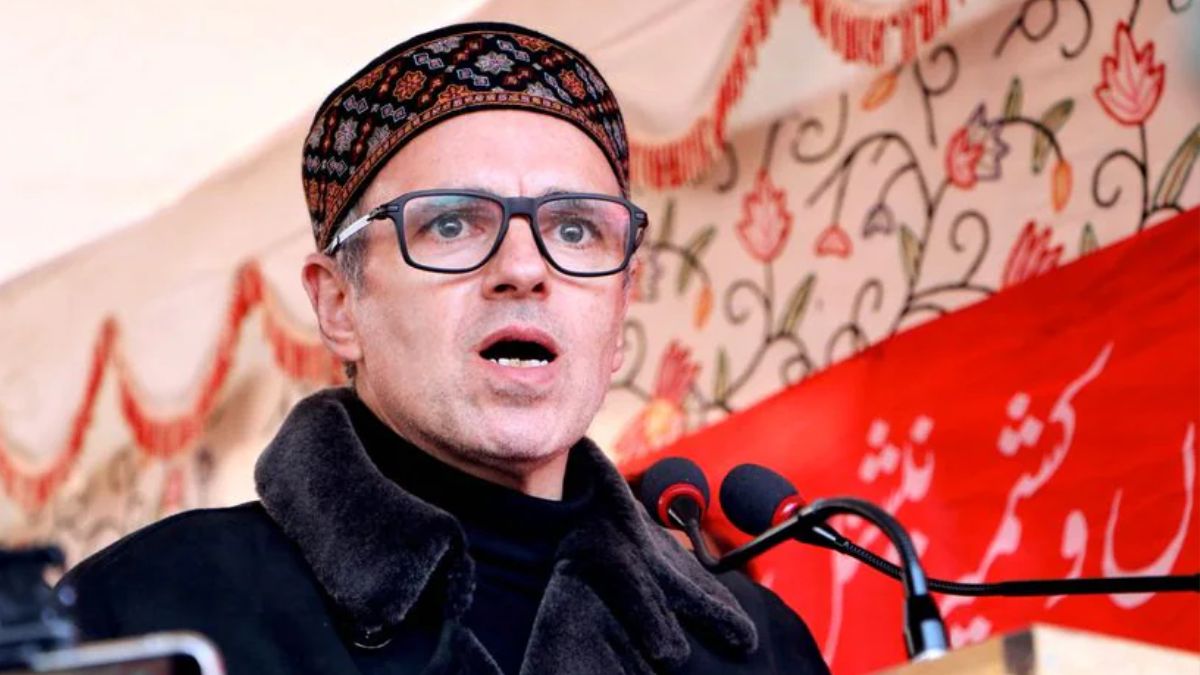The recent political developments in Jammu and Kashmir center around the restoration of statehood, a key demand of various political parties and a significant concern for the region’s residents. Following the 2019 abrogation of Article 370 and the subsequent bifurcation of the state into two Union Territories, the demand for the return of statehood has remained a central theme in the political discourse. This article examines the current situation, focusing on the efforts of the newly formed Jammu and Kashmir cabinet under Chief Minister Omar Abdullah, the political ramifications, and the broader implications for the region’s future. The events unfold against a backdrop of long-standing political tensions and aspirations for autonomy within the framework of Indian governance. Understanding the dynamics of this situation requires considering both the historical context and the current political maneuvering.
The Jammu and Kashmir Cabinet’s Resolution
The Jammu and Kashmir cabinet, under the leadership of Chief Minister Omar Abdullah, has passed a resolution advocating for the restoration of statehood. This significant move marks a renewed push for the return of self-governance to the region. The resolution is intended to be formally presented to Prime Minister Narendra Modi, representing a direct appeal to the central government. The cabinet meeting, which included Deputy Chief Minister Surinder Choudhary and several other ministers, underscores the seriousness with which this issue is being addressed within the regional government. The consensus within the cabinet regarding this resolution signifies a unified political stance on this crucial matter impacting the identity and governance of Jammu and Kashmir.
The Political Significance of the Resolution
The timing and content of the resolution carry immense political weight. Its passage demonstrates the new government’s commitment to fulfilling a central pledge made during the election campaign. The decision highlights a potential turning point in the ongoing political struggle for autonomy within the region. The presentation of the resolution to the Prime Minister establishes a direct line of communication and negotiation between the regional government and the central authority, demonstrating a clear strategy for achieving their objective. The support given to this resolution shows strong unified political will behind the issue and emphasizes the extent of the collective desire within the Jammu and Kashmir government to regain statehood.
Reactions and Responses to the Resolution
The resolution has sparked various reactions and responses, both within Jammu and Kashmir and at the national level. Congress leader Tariq Hameed Karra’s statement about not joining the cabinet unless statehood was restored is significant because it underlines the urgency of the issue and the high stakes involved. Meanwhile, National Conference chief Farooq Abdullah’s expression of confidence in the Centre’s eventual action reveals a cautiously optimistic stance but also demonstrates a degree of political maneuvering that has occurred over time, building pressure behind the issue to influence future governance decisions made at the national level. This duality highlights the complex political landscape within the region.
Diverse Perspectives and Future Scenarios
The reactions to the resolution illuminate the varying political perspectives and potential future scenarios. While some view this move as a sign of significant progress towards restoring statehood, others remain skeptical of the likelihood of the central government’s immediate acquiescence. The involvement of the Supreme Court in related cases further adds complexity and uncertainty to the process. Various competing political and ideological views concerning the nature and the possibility of restoration highlight how deep the political divisions remain.
Omar Abdullah’s Emphasis on Equality and Transparency
Beyond the resolution for statehood, Chief Minister Omar Abdullah has also made significant public declarations about changing governance practices. His commitment to ending the “VIP culture” on roads – eliminating the disruptive sounds of sirens and fostering equality in public spaces – is noteworthy for its focus on everyday issues affecting the population of Jammu and Kashmir. It demonstrates a practical approach towards improving the quality of life, a visible change away from older power structures. These actions indicate an immediate effort at improving local governance, independent of national political developments, which highlights the wide range of matters of importance under the governance of Jammu and Kashmir’s newly formed administration.
Symbolic and Practical Changes
The actions against “VIP culture” could be symbolic gestures to establish legitimacy and create a strong sense of local presence. However, they can still be considered practical reforms affecting citizen experiences, highlighting a broader governing philosophy focused on equal access. These actions suggest a wider political movement that is focused on the relationship of the governed to the government and demonstrate a move away from governance structures that had lost legitimacy over time, signaling a stronger concern towards accountability, both locally and regionally.
Take Away Points:
- The Jammu and Kashmir cabinet’s resolution calling for the restoration of statehood represents a key development in the ongoing political struggle for autonomy.
- The resolution’s presentation to the Prime Minister is a significant political move with diverse possible outcomes.
- Reactions to the resolution reflect varying viewpoints and uncertainties about its ultimate success.
- The focus on ending “VIP culture” illustrates a commitment to broader improvements in governance and citizen experience.
The situation remains fluid, with significant political implications for Jammu and Kashmir’s future. The interplay between regional aspirations, central government policy, and judicial processes will determine the eventual outcome regarding statehood restoration.









